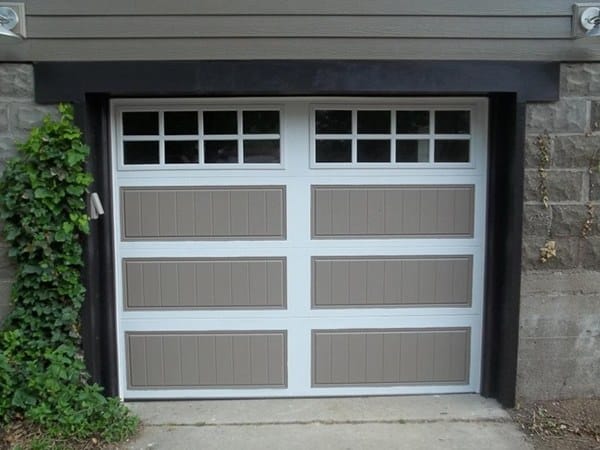Fiberglass, also known as fibreglass, is a type of fiber-reinforced plastic (FRP) that has become widely used in various industries, including construction, automotive, aerospace, marine, and electrical. Its popularity can be attributed to its excellent properties such as high strength, low weight, corrosion and weather resistance, thermal and electrical insulation, and ease of fabrication.

What is Fiberglass?
Fiberglass is made up of glass fibers that are randomly arranged, flattened into a sheet (called a chopped strand mat), or woven into a fabric. These glass fibers are typically made of silica or other oxides and are produced by melting glass at high temperatures which is then drawn into very fine strands. These fibers are then mixed with a plastic matrix, which may be a thermoset polymer matrix or a thermoplastic.
Thermoset vs. Thermoplastic Matrix
The choice of polymer matrix depends on the application and the desired properties of the final product. Thermoset polymers, such as epoxy, polyester resin, and vinylester, are commonly used in fiberglass composites due to their excellent chemical and heat resistance, high stiffness, and dimensional stability. These materials are cured by a chemical reaction that irreversibly hardens them, making them ideal for high-performance applications.
On the other hand, thermoplastic polymers, such as polypropylene and nylon, are also used in some fiberglass applications due to their superior toughness, ductility, and recyclability. These materials can be melted and reformed multiple times without losing their properties, making them suitable for applications that require flexibility and impact resistance.
Woven Fiberglass Mat
One of the most common forms of fiberglass reinforcement is the woven fiberglass mat. This mat is made from continuous glass fibers that are interwoven in a crisscross pattern, forming a durable and flexible fabric. Woven fiberglass mats come in various thicknesses and densities, depending on the application requirements.
Woven fiberglass mats are widely used in the construction industry, particularly for reinforcing concrete structures such as walls, columns, and beams. They are also used as insulation materials for roofs, walls, and pipes, as well as in the manufacturing of boats, tanks, and other industrial products.
Advantages of Fiberglass
Fiberglass offers numerous advantages over other materials, including:
1. High Strength-to-Weight Ratio: Fiberglass is lighter than steel or aluminum but has a higher strength-to-weight ratio, making it ideal for applications where weight reduction is important.
2. Corrosion and Weather Resistance: Fiberglass is highly resistant to corrosion and weathering, making it suitable for outdoor and marine applications.
3. Thermal and Electrical Insulation: Fiberglass has excellent thermal and electrical insulation properties, making it ideal for use in electrical and electronic products.
4. Easy to Fabricate: Fiberglass can be molded into any shape or form, making it easy to fabricate into complex geometries.
5. Cost-Effective: Fiberglass is generally more cost-effective than other materials such as aluminum, titanium, or carbon fiber.
Conclusion
Fiberglass is a versatile and durable fiber-reinforced plastic that has revolutionized many industries. Its unique properties, such as high strength, low weight, and excellent resistance to corrosion, weather, and heat, make it an ideal choice for a wide range of applications. The woven fiberglass mat, in particular, is a popular reinforcement material that offers excellent strength, flexibility, and ease of use. As technology advances, we can expect fiberglass to play an increasingly important role in shaping our future.